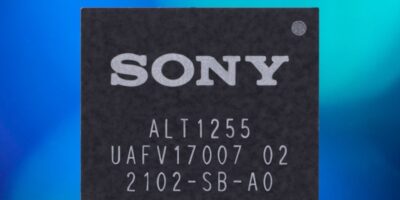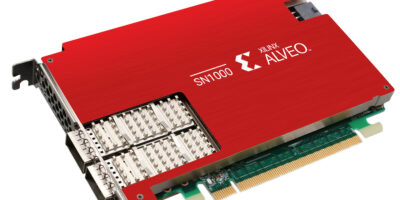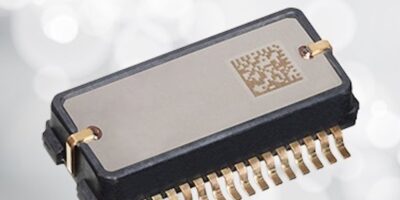Completing Sony’ Semiconductor Israel’s Altair cellular IoT portfolio, the ALT1255 is a low power chipset for narrowband IoT (NB-IoT) networks. It is designed to address NB and NB/2G applications.
The NB2 chipset is 5G-ready and designed with an integrated SIM (iSIM), user microcontroller, application layer, and GSM/GPRS fallback modem.
The ALT1255 chipset can be used to develop low-power, cost-sensitive connected devices at a global scale to monitor, manage, and control critical infrastructure, medical devices, logistic trackers, and a large variety of low power, wide area (LPWA) applications.
It was developed in-house and based on the LTE-M/NB ALT1250 chipset, leveraging globally certified NB/2G technology. The chipsets share software architecture, modem application and networking layer, and application programming interfaces (APIs) for integration within the Altair product family.
“Module designs based on the ALT1255 will provide reliable connectivity for smart meters, logistics, telematics, and smart cities applications,” commented Dima Feldman, vice president of product management and marketing at Sony Semiconductor Israel.
The iSIM removes barriers related to cost, size, and power, and adds an additional layer of security, says the company. The GSM/GPRS modem fills the gaps in LPWA network coverage and allows future-proof technology deployment in countries with mixed 2G/NB coverage.
The ALT1255 also integrates a low power Arm Cortex-M4 microcontroller. This is separated from the modem functionality and designed to run a variety of IoT and sensing applications. An adaptation layer interconnects within the existing ecosystem.
The chipset provides secure cloud connectivity, using communication protocols such as the power-efficient constrained application protocol (CoAP) and the lightweight machine to machine (LWM2M) protocol.
The ALT1255 is commercially available now. It has received the Global Certification Forum (GCF) certification, which allows customers to accelerate module and device certification.
Sony Semiconductor Israel Ltd. (formerly known as Altair Semiconductor) provides small, highly integrated LTE CAT-M and NB-IoT chipsets, featuring low power consumption, hardware-based security, and a carrier-grade integrated SIM (iSIM), all 5G ready.
Its low power and cost-efficient chipsets are for a range of industrial and consumer IoT applications such as trackers, smart meters, smart labels, wearables, and vehicle telematics. The Altair chipsets are commercially deployed on the world’s most advanced LTE networks, including AT&T, Deutsche Telekom, Docomo, KDDI, SoftBank, Telstra, Verizon, and Vodafone.







